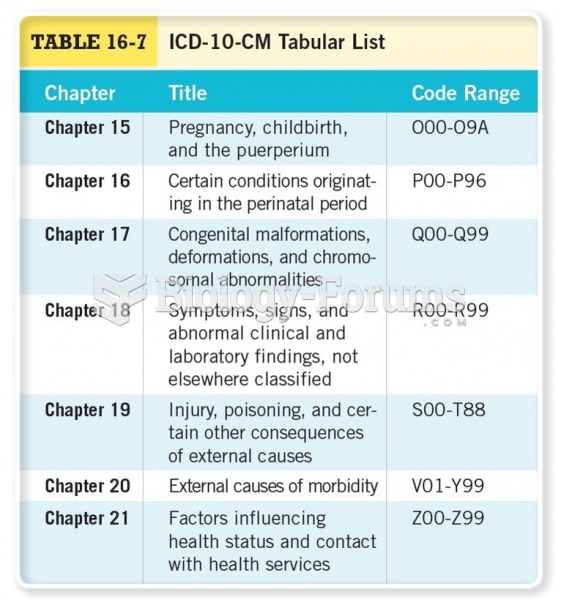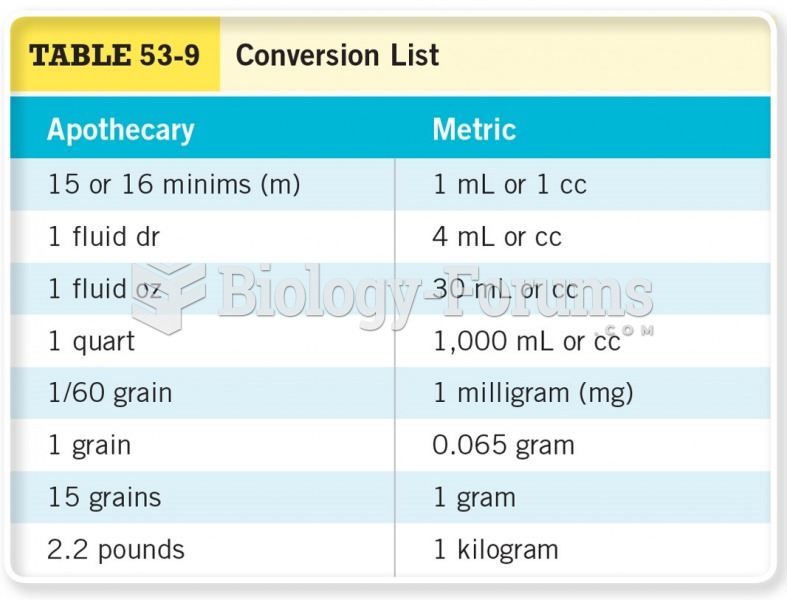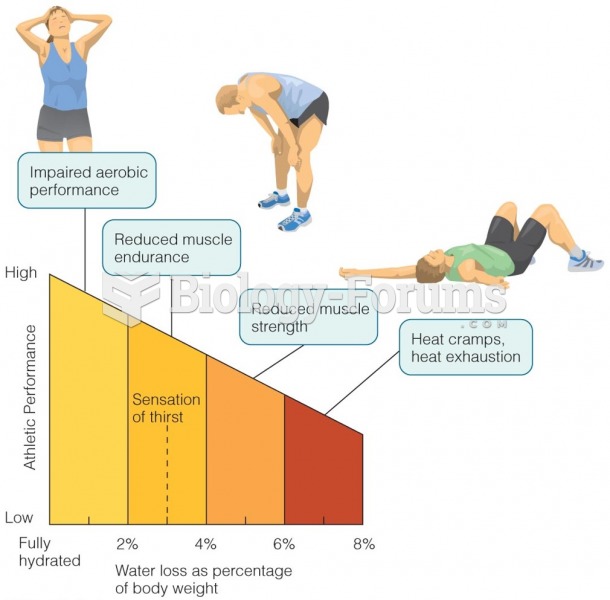Answer to Question 1
As stated in the text, these considerations include:
Tend toward the softer side when delivering the assertive confrontation message.
Base criticism on job-related criteria
Maintain objectivity (be aware of bias and avoid rating errors)
Be consistent and guard against discrimination and bias
Be forthright and honest
Allow time to correct the performance problem
Have good documentation
Answer to Question 2
As stated in the text, these measures include:
Plan for it. As you prepare to approach the employee, know the buttons the employee may push, plan for the employee to push them, and know how you will respond when he does. Be conscious of these times when they arise in the course of your conversation with the employee.
Don't take it personally. When your buttons are triggered, recognize this and do not take the attacks personally, even though that is the individual's intent. Taking in such attacks, within reason, are part of your job as manager.
Slow down. If you do find yourself beginning to react, such as raising your voice in response, increasing the speed and tempo of your speech or engaging in non-verbals to express your frustration, intentionally break this cycle. Stop talking, take a deep breath, lower your voice, or suggest a quick break before resuming. Find a way to slow yourself down to give yourself time to think and refocus.
Don't be baited. Refuse to engage in argument or debate with the employee. The employee may try to put you in a position where you will feel a need to defend your actions. Instead, reaffirm that you have made your decision concerning the discipline or performance and that now is neither the time nor place to engage in such discussions. If the opportunity for pursuing recourse through formal processes is available, such as filing a grievance with HR, advise the employee of these avenues.
Set limits. If the employee's personal attacks move from basic statements regarding how you execute your role as manager to deeply hurtful comments about your personal life or character, or clearly derogatory or offensive statements in violation of policy, state that such discussions are off limits and that you may need to end the meeting if the behavior persists. Similarly, if the individual raises his voice beyond acceptable levels and repeated attempts to encourage him to lower his voice are unsuccessful, reinforce that you cannot effectively listen and try to help him if he continues to yell.
End the meeting when warranted. As noted previously, giving an employee time to work through his anger can be a natural and productive process which can serve as a precursor the employee needs in order to begin constructively finding solutions to the issues presented to him. If this venting process becomes counter-productive, and also risks making you angry, end the meeting. It is also time to end the meeting if the employee's behavior escalates to potentially violent and physically threatening behavior. Chapter 16 provides further instruction on managing workplace violence.







